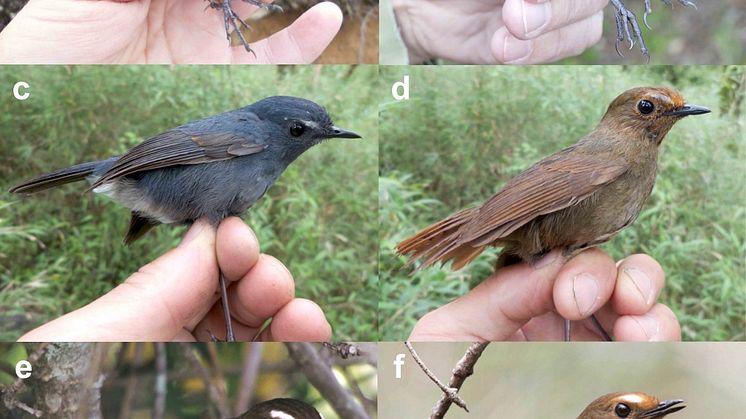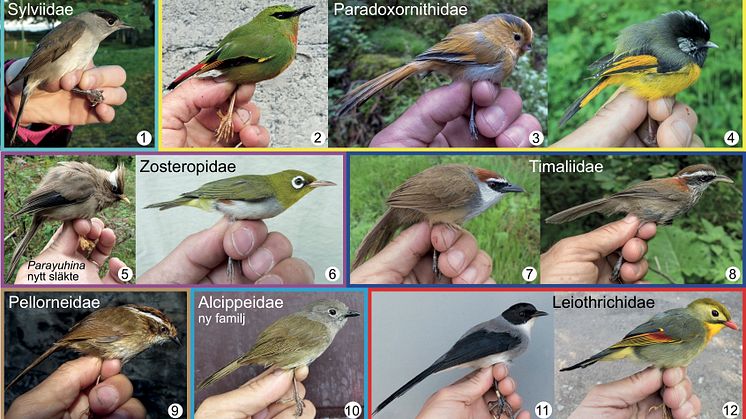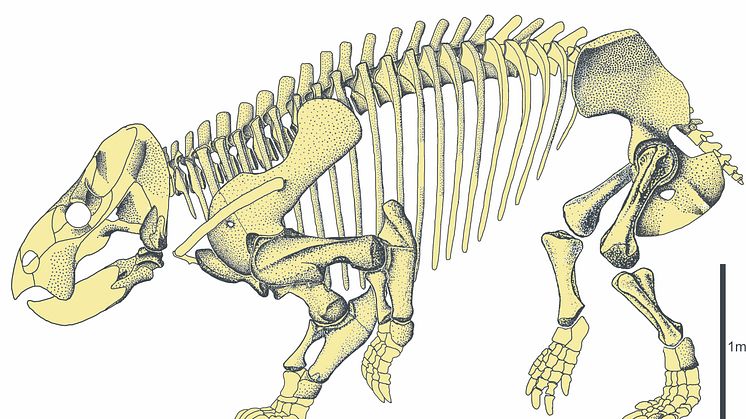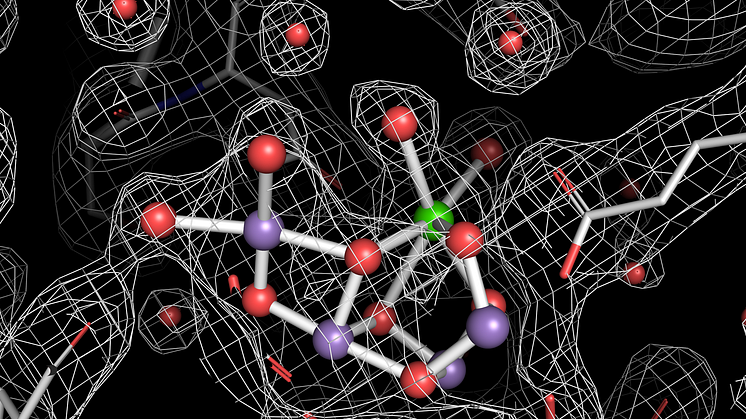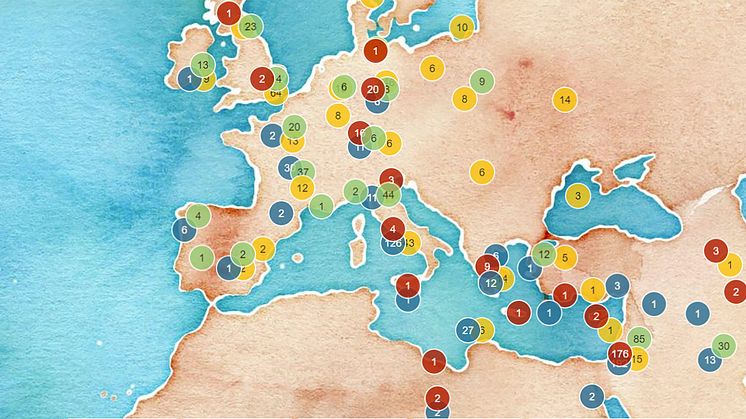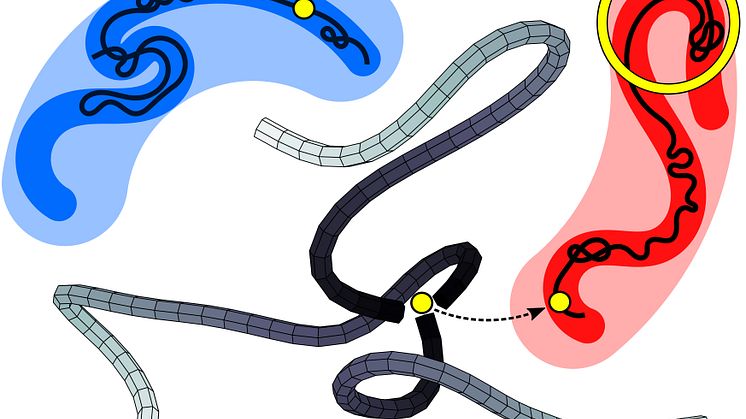White-browed Shortwing is not 1 but 4 species
The White-browed Shortwing has been considered to be a single species. But now the mainland and Taiwan Island populations have been studied by an international team of researchers, led by Uppsala University. They analysed DNA, plumages, structure, songs and geographical distributions, and concluded that the continental and Taiwanese populations are actually three rather than one species.
